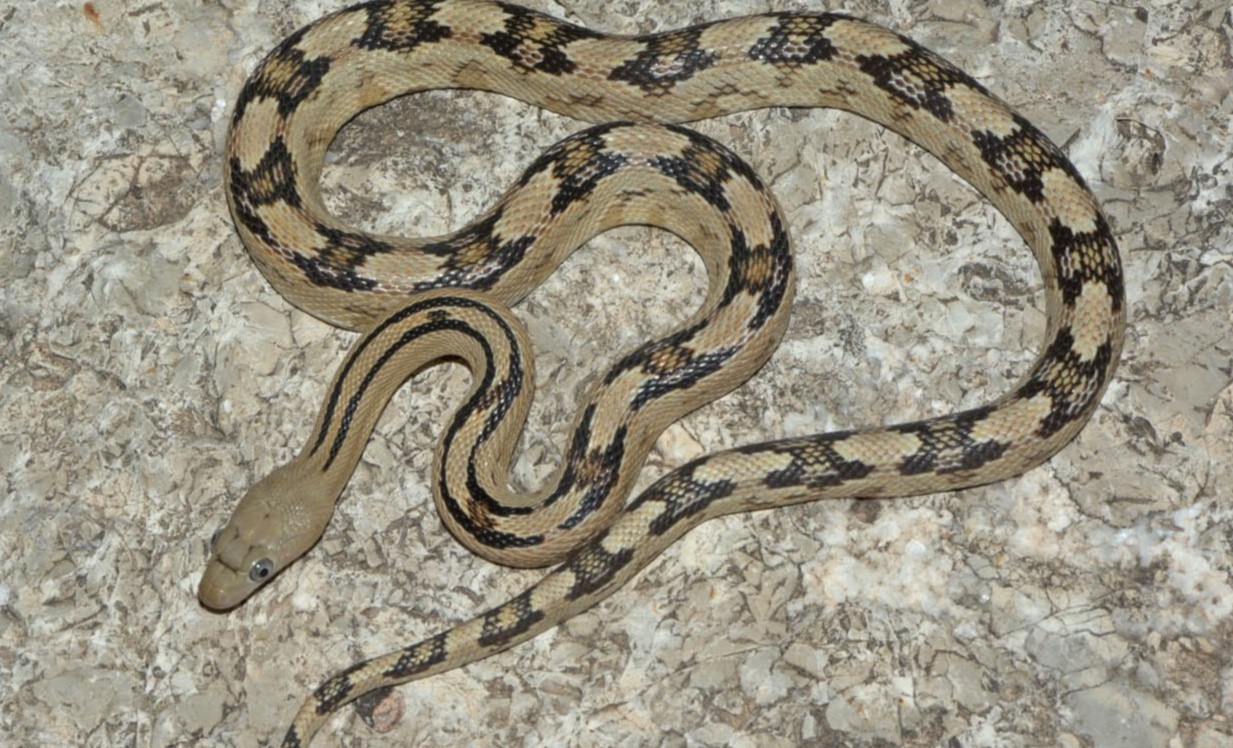
The Trans-Pecos Ratsnake, also known as Bogert’s Brown Snake, is a fascinating species of snake that can be found in the southwestern United States and northern Mexico. With its striking colors and unique characteristics, this non-venomous serpent has captured the curiosity of herpetologists and reptile enthusiasts alike.
In this article, we will delve into eight mind-blowing facts about the Trans-Pecos Ratsnake, shedding light on its behavior, habitat, diet, and more. Whether you’re an avid reptile aficionado or simply intrigued by the wonders of the animal kingdom, you’re in for a treat. Join us as we unravel the mysteries of this mesmerizing serpent and uncover the secrets that make it such a remarkable creature of the wild.
Key Takeaways:
- The Trans-Pecos Ratsnake is a non-venomous, desert-dwelling snake with incredible climbing skills and a knack for blending in with its surroundings. It’s a valuable predator that helps control rodent populations in the Southwestern United States and Northern Mexico.
- This master of camouflage is a skilled hunter with a diverse diet, laying eggs and thriving in desert environments. Its ability to climb and control rodent populations makes it an important part of its ecosystem.
The Trans-Pecos Ratsnake is a Master of Camouflage
With its intricate pattern of scales, the Trans-Pecos Ratsnake has perfected the art of blending into its natural surroundings. Its colors range from vibrant yellows and oranges to earthy browns and blacks, providing excellent camouflage in various environments.
This Snake is Non-Venomous
The Trans-Pecos Ratsnake may look intimidating, but it is harmless to humans. Unlike venomous snakes, it relies on constriction to capture and subdue its prey.
The Trans-Pecos Ratsnake is Highly Adapted to Desert Environments
This species of ratsnake is well-adapted to arid desert climates. It can withstand extreme temperatures and has the ability to go without water for extended periods of time.
Trans-Pecos Ratsnakes are Excellent Climbers
Equipped with strong muscles and specially adapted scales, these snakes are skilled climbers. They can effortlessly scale trees, rocks, and other vertical surfaces in search of food or to find a safe place to rest.
These Snakes are Skilled Hunters
The Trans-Pecos Ratsnake has a diverse diet and is known to feast on rodents, birds, eggs, and other small vertebrates. With its keen eyesight and ability to strike with lightning speed, it is an efficient predator in its ecosystem.
Trans-Pecos Ratsnakes are Egg Layers
Like many snake species, the Trans-Pecos Ratsnake reproduces by laying eggs. The female typically lays a clutch of 6-12 eggs, which are then incubated for several weeks until they hatch.
They are Native to the Southwestern United States and Northern Mexico
Trans-Pecos Ratsnakes can be found in regions such as Texas, New Mexico, Arizona, and parts of northern Mexico. They thrive in the diverse habitats of these areas, ranging from desert scrublands to rocky canyons.
Trans-Pecos Ratsnakes are Valuable for Controlling Rodent Populations
As effective predators of rodents, these snakes play a vital role in maintaining ecological balance. By keeping rodent populations in check, they help prevent crop damage and the spread of diseases carried by these small mammals.
Conclusion
The Trans-Pecos Ratsnake is a truly remarkable reptile with a unique set of characteristics and behaviors. From its striking appearance to its impressive ability to adapt to various environments, this snake never fails to captivate the attention of animal enthusiasts. Its intricate patterns, specialized diet, and remarkable endurance make it a fascinating creature to learn about. Whether you’re a snake lover or simply intrigued by the wonders of nature, the Trans-Pecos Ratsnake is certainly a species worth exploring and appreciating.
FAQs
1. What is the average size of a Trans-Pecos Ratsnake?
The average size of a Trans-Pecos Ratsnake is around 3 to 5 feet in length. However, some specimens can grow up to 6 feet long.
2. What does the Trans-Pecos Ratsnake eat?
Trans-Pecos Ratsnakes primarily feed on rodents, including mice and rats. They play a crucial role in maintaining the balance of rodent populations in their natural habitat.
3. Where can the Trans-Pecos Ratsnake be found?
The Trans-Pecos Ratsnake is a native species of the southwestern United States, specifically in the Trans-Pecos region of Texas and adjacent areas in New Mexico and Mexico.
4. Is the Trans-Pecos Ratsnake venomous?
No, the Trans-Pecos Ratsnake is not venomous. It is a harmless snake species, and its bites pose no threat to humans.
5. How does the Trans-Pecos Ratsnake defend itself?
When threatened, the Trans-Pecos Ratsnake will try to intimidate its predators by coiling into a defensive posture, hissing, and vibrating its tail. If the threat persists, it may bite as a last resort, but its bite is nonvenomous and relatively harmless.
Fascinated by Trans-Pecos Ratsnakes? Explore more captivating creatures like non-venomous False Water Cobras, or delve into the fascinating field of herpetology. Discover amazing facts about Zion National Park, home to diverse wildlife in the stunning Southwestern United States. From incredible adaptations to unique behaviors, there's always more to learn about the incredible world of reptiles and amphibians.
Was this page helpful?
Our commitment to delivering trustworthy and engaging content is at the heart of what we do. Each fact on our site is contributed by real users like you, bringing a wealth of diverse insights and information. To ensure the highest standards of accuracy and reliability, our dedicated editors meticulously review each submission. This process guarantees that the facts we share are not only fascinating but also credible. Trust in our commitment to quality and authenticity as you explore and learn with us.
